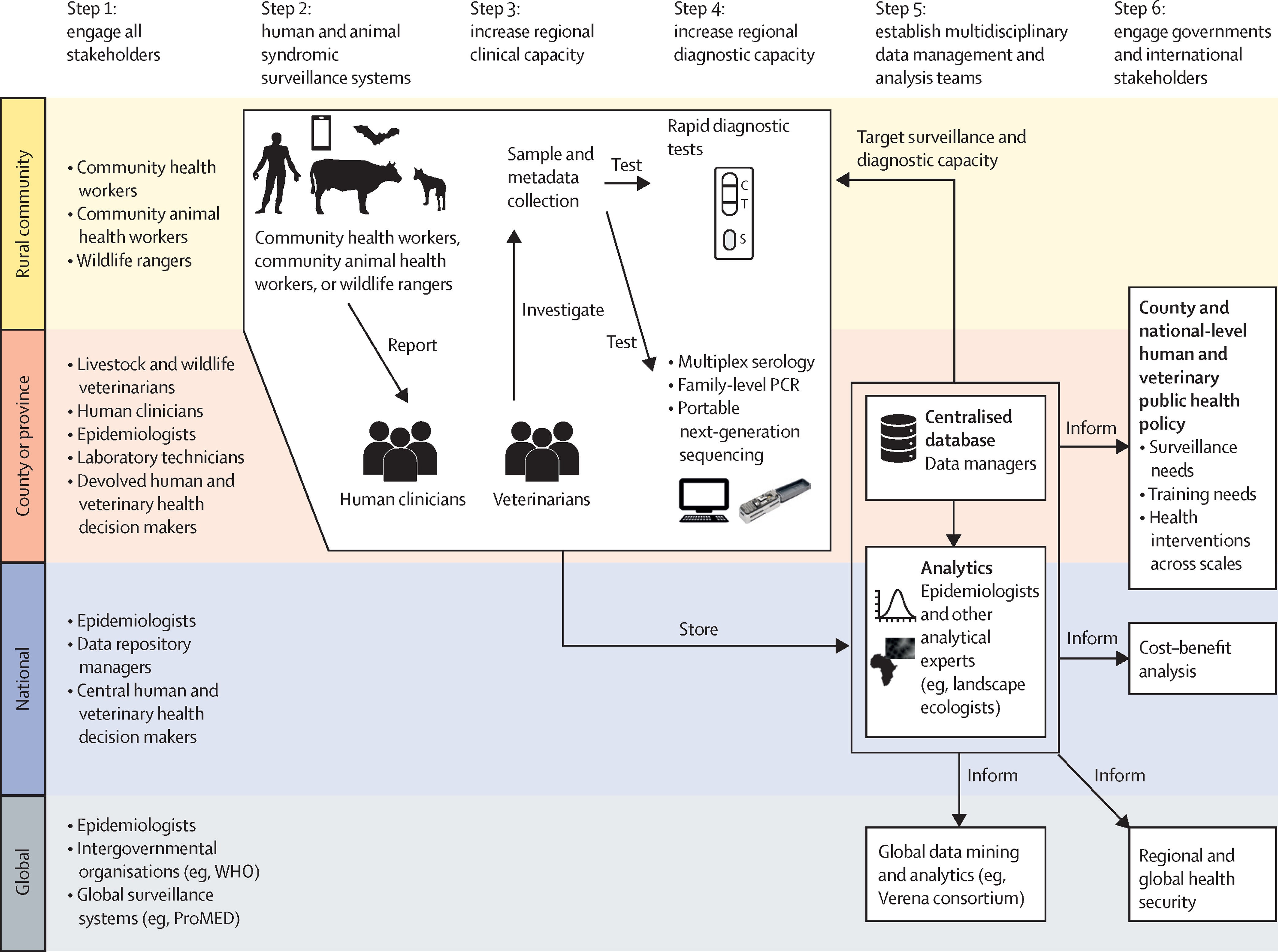Elsevier,
The Lancet Global Health, Volume 10, April 2022
An Article in support of SDGs 2 and 10, analysing global inequalities in the double burden of malnutrition and its association with economic and social globalisation, showing that the probability of the double burden of malnutrition at the household level differs across country income and household wealth.
This paper focuses on limiting food waste by measuring consumers' willingness to eat aging produce.
Elsevier, Clinical Breast Cancer, Volume 22, April 2022
The aim of this study was to evaluate the effects of complete decongestive therapy (CDT) in patients with breast cancer-related lymphedema (BCRL), in regard to volume reduction, functional status and quality of life (QoL). In th context of SDG Goal 3, the study found that phase 1 CDT in a combined manner performed daily for 3 weeks, greatly reduces the volumes as well as improves the disability and QoL, especially when performed earlier.
Elsevier,
The Lancet Global Health, Volume 10, April 2022
This Viewpoint supports SDG 3 by highlighting why investing in disease surveillance in remote rural areas of LMICs will benefit global communities, and using Kenya as an example, showing how such surveillance can be strengthened and integrated into existing systems while sustaining biodiversity.
Elsevier,
Water Resources and Economics, Volume 38, April 2022
Decoupling has increasingly been recognized as a way to reconcile limitless economic growth with environmental pressures. This study assesses current and projected future decoupling factors of water withdrawals in relation to GDP.
Elsevier,
One Earth, Volume 5, 15 April 2022
Phthalates are used in plastic production to make plastic products more durable, but they can reliease toxic pollutants via airborne that cause varios metabolic disorders. This research article evaluates the potential health benefits in terms of reducing metabolic disorders (e.g. diabetes & obesity) via strengthening the standards on the use of phthalates in China, the world's leading markets of phthalates.
Elsevier,
Virus Research, Volume 311, 2 April 2022
Viral metagenomics is widely applied to characterize emerging viral pathogens but it can also reveal the virome composition in health and disease. The evaluation of the virome in healthy blood donors can provide important knowledge on possible transfusion threats.
Elsevier, Free Radical Biology and Medicine, Volume 183, April 2022
Genistein is a phytoestrogen that, due to its structural similarity with estrogen, can both mimic and antagonize estrogen effects. Early analysis proved that at high concentrations, genistein inhibits breast cancer cell proliferation, thereby suggesting an anticancer activity. Since then, many discoveries have identified the genistein mechanism of action, including cell cycle arrest, apoptosis induction, as well as angiogenesis, and metastasis inhibition.

